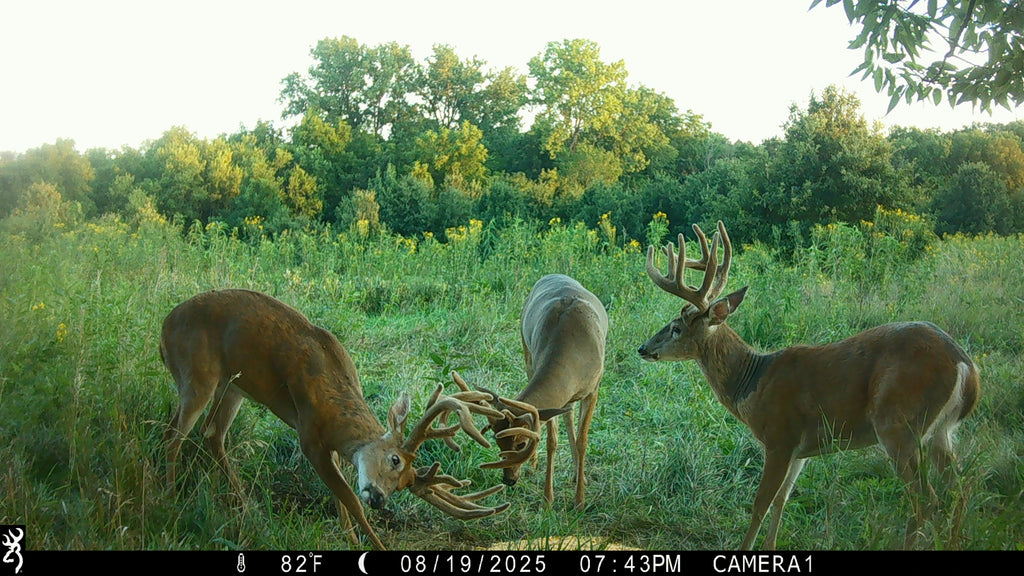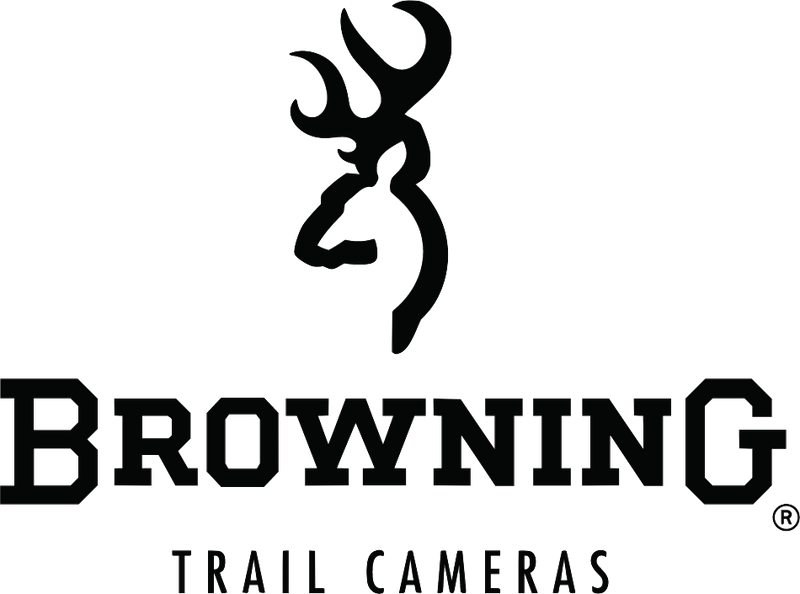Unlocking October Buck Behavior with Trail Cameras

October is when the woods come alive. Bucks that were largely predictable in their summer patterns begin to roam more widely, scrapes and rubs start to pop up, and daylight activity increases. This is one of the most exciting months of the year. But with all the changes happening so quickly, how do you make sense of it?
That is where your trail cameras become your most valuable tool. Used the right way, they do not just capture pictures. They reveal the story of the pre-rut. By interpreting what you see on camera, you can anticipate deer movement, adjust your strategy, and be ready for the action that peaks in November.
What October Photos Really Show You
- Daylight Movement Kicks In
As October rolls in, bucks that stayed nocturnal through September begin showing up more during daylight. When your trail cameras start catching movement at first light or in the late afternoon, it means testosterone is rising and the pre-rut is underway.
- Scrape and Rub Intel
October is scrape season. Bucks create and revisit scrapes to communicate with does and assert dominance. A series of trail camera photos at a fresh scrape tells you not only which bucks are around but also how often they are checking in. Rub lines offer even more clues, revealing preferred travel routes between bedding and feeding areas.
- Shifting Travel Routes
Harvested crops, dropping acorns, and cooler weather all influence deer movement. If your once productive camera location suddenly goes quiet, do not assume the deer disappeared. They have likely shifted routes. Comparing activity across multiple cameras shows you where they have gone and helps you adapt quickly.
- Signs of Dominance
Trail cameras capture more than movement. They reveal behavior. Watch for sparring among younger bucks or mature bucks breaking away from bachelor groups. These photos signal that the social hierarchy is forming and rut activity is getting closer.

Turning Intel Into Strategy
- Adjust Stand Locations
Consistent scrape activity on camera is a sign to consider a stand nearby. Deer will revisit these locations often, giving you a higher-odds setup.
- Hunt Patterns, Not One Offs
One daylight photo of a mature buck is exciting, but not enough to act on. Look for repeat appearances over several days before making a move.
- Be Patient When Needed
Sometimes the smartest move is to let your cameras hunt for you. A fresh scrape or travel route will heat up. Let the data confirm steady use before pressing in.
- Set the Stage for November
October camera intel is the foundation for rut success. Knowing which bucks are active, where they travel, and when they move ensures you are ready for peak rut action.
Mistakes to Avoid
- Overvaluing Night Photos
A buck at midnight is fun to see, but it does not always mean he is huntable there. Focus on daylight activity.
- Ignoring Doe Movement
Soon, bucks will follow the does. If your cameras show heavy doe traffic, expect bucks to show up nearby as the rut approaches.
- Checking Cameras Too Often
Frequent trips to pull cards can spook deer and ruin patterns. Use cellular cameras when possible, or time card pulls during low activity midday hours.
The Browning Trail Cam Advantage
Trail cameras are only as useful as the intel they provide. Browning Trail Cameras are built for October’s fast-changing conditions with no glow and low glow options, rapid trigger speeds, long battery life, and wireless features that keep you informed without intruding on the woods. October is a month of transition. Deer behavior changes daily, but with the right trail camera strategy, you will stay ahead of the curve.
